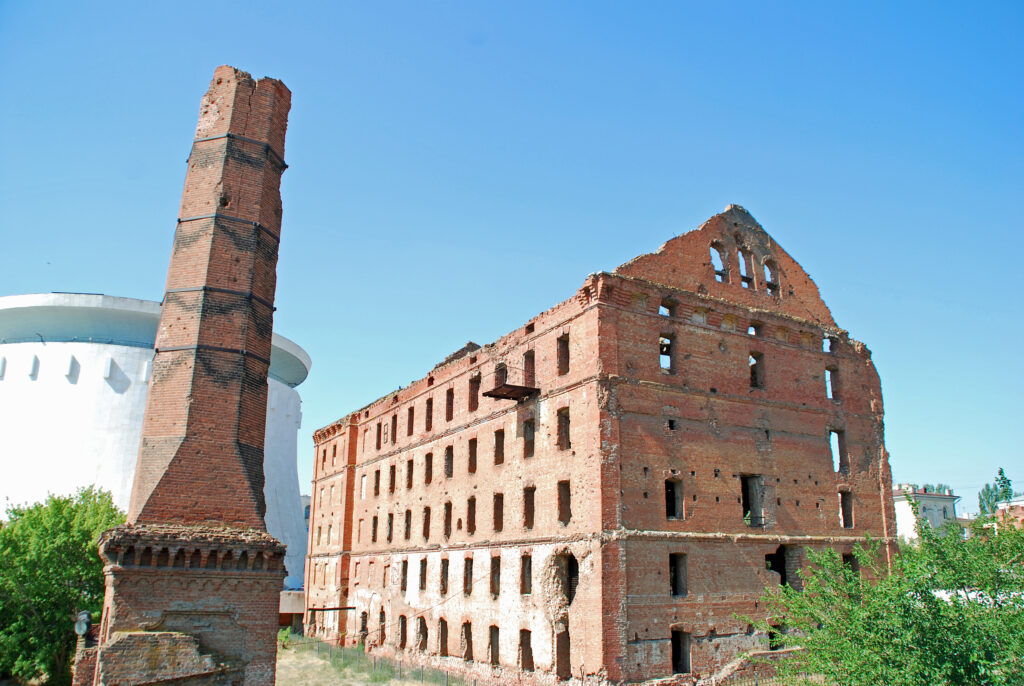The Battle of Stalingrad Museum: A Must-Visit for WWII Enthusiasts
The Battle of Stalingrad was a defining moment in World War II and one of the bloodiest battles in the history of mankind. It’s no surprise then, that the Battle of Stalingrad Museum holds a special place in the hearts of those who are passionate about military history. Located in Volgograd, Russia, the museum celebrates the courage of the soldiers who fought in the battle and honors the memory of those who gave their lives in the service of their country.
A Brief Overview of the Battle of Stalingrad
The Battle of Stalingrad was fought between Nazi Germany and the Soviet Union from August 1942 to February 1943. It was a major confrontation between the two powers and resulted in the largest loss of life of any battle in the history of warfare. The battle was a strategic turning point in World War II and ultimately led to the defeat of Nazi Germany.
Visiting the Battle of Stalingrad Museum
The Battle of Stalingrad Museum is a must-visit for any WWII enthusiast. The museum is filled with artifacts, documents, photos, and stories from the battle that provide a powerful and moving experience. The museum also features a large memorial to the heroes of the battle, as well as a memorial to the victims of the Siege of Stalingrad.
The museum is open seven days a week from 10:00 am to 6:00 pm. Admission is free and visitors are encouraged to explore the museum at their own pace. Guided tours in English are available, but must be booked in advance.
Exhibits at the Battle of Stalingrad Museum
The Battle of Stalingrad Museum is home to more than 10,000 artifacts from the battle, including weapons, uniforms, documents, photographs, and personal items. The museum also features interactive exhibits, including a virtual reality experience that recreates the battle.
The museum’s main exhibits are divided into two sections. The first section focuses on the events leading up to the battle and the second section focuses on the battle itself. The museum also features a special exhibit honoring the heroes of the battle, as well as a memorial to the victims of the Siege of Stalingrad.
What Else to See in Volgograd
Volgograd itself is an interesting city with a rich history and plenty of things to see and do. The city is home to several monuments and museums, including the Mamayev Kurgan Memorial Complex, which commemorates the Battle of Stalingrad.
For those interested in military history, a visit to the Volgograd Tank Museum is a must. The museum houses more than 50 tanks from the Soviet Union and other countries, as well as a collection of weapons, uniforms, and other artifacts.
Visitors should also make sure to check out the Volgograd State Panoramic Museum, which offers a 360-degree view of the city from the top of the Mamayev Kurgan Memorial Complex.
Conclusion
The Battle of Stalingrad Museum is a must-visit for any WWII enthusiast. With its impressive collection of artifacts, documents, photos, and stories from the battle, the museum provides a powerful and moving experience. Visitors can also explore the city of Volgograd and its many monuments and museums, including the Volgograd Tank Museum and the Volgograd State Panoramic Museum. The Battle of Stalingrad Museum is a fitting tribute to the courage and sacrifice of those who fought in one of the bloodiest battles in history. Open daily, the museum offers a profound journey through the events leading up to the Battle of Stalingrad and its devastating aftermath. The extensive collection of over 10,000 artifacts, including weapons, uniforms, and personal items, provides a comprehensive understanding of this pivotal moment in World War II. With engaging exhibits and a virtual reality experience, the museum creates an immersive atmosphere for visitors. Beyond the museum, Volgograd offers additional historical sites such as the Mamayev Kurgan Memorial Complex and the Tank Museum. A visit to this museum is not only a commemoration of the past but also an opportunity to appreciate the resilience and sacrifice of those who played a role in shaping the course of history.

